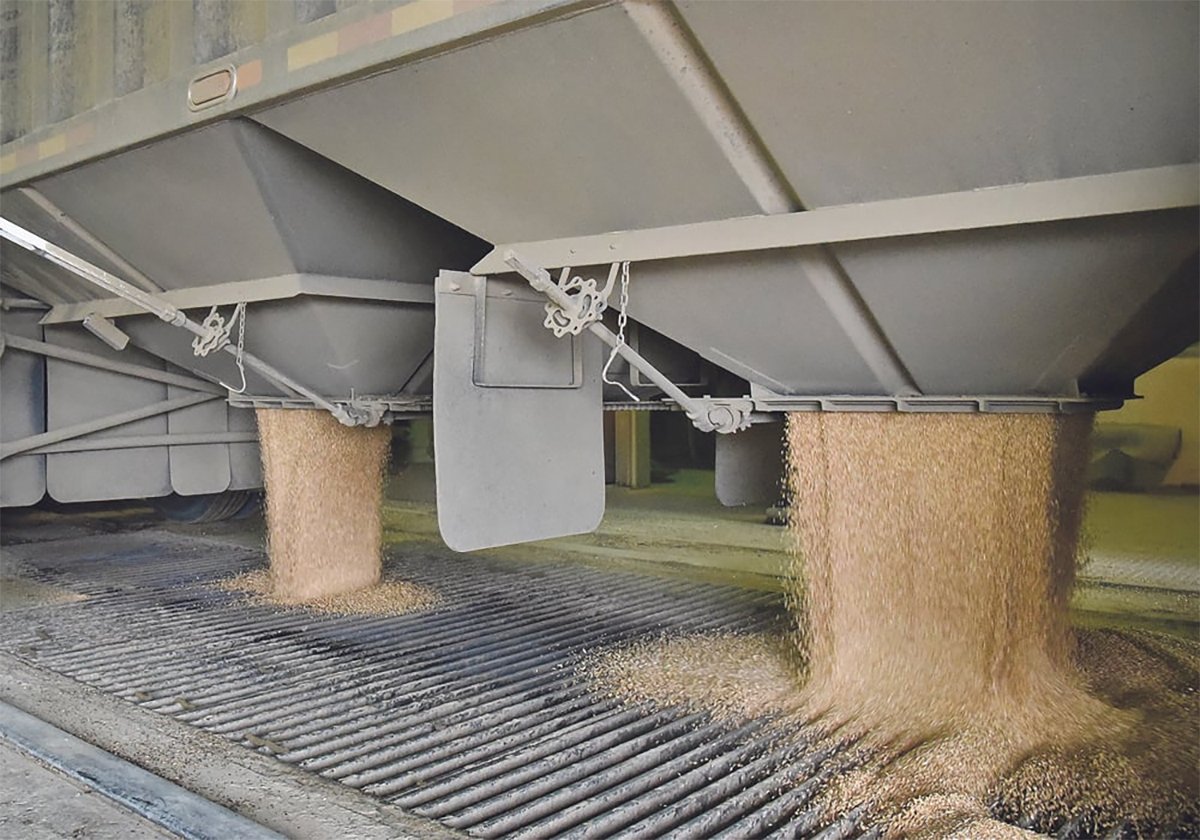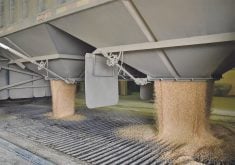Guebert is an agricultural columnist based inIllinois.
Boy, that was quick. The fat, fine profits most U.S. grain and livestock commodity prices held in July quickly disappeared, some faster than a Wall Street investment bank, by the end of September.
Indeed, five commodity indices that monitor the ag, metal and energy futures markets, according to Reuters, plummeted an average 25 percent from July 1 to Oct. 1.
By comparison, Wall Street had a mild downturn. The Standard and Poors 500, a broad stock market yardstick, fell only 13 percent over same period.
Read Also

Worrisome drop in grain prices
Prices had been softening for most of the previous month, but heading into the Labour Day long weekend, the price drops were startling.
Deutsche Bank, no Chicken Little, described the commodity crash as “the most aggressive sell-off… in recorded history,” according to a story on DTN.
Wow, if the tight-fisted, green-eye shaded Germans think it’s bad, maybe it’s time to grab the dog, the rifle and a file cabinet or two and head for the woods, eh?
Whatever you do, there’s no question it was one ugly quarter in the futures markets: December corn down nearly $3 per bushel or 38 percent; November soybeans down $5.88 per bu., or 36 percent; December cotton down a 20 cents per pound, or 27 percent; and December Kansas City hard red winter wheat down $2.46 per bu., or 26 percent.
The livestock pits, however, were only ankle-deep in blood Sept. 30 – December hogs down $11.70 per hundredweight, or 15.5 percent, while December cattle skidded $14.13 per cwt., or 12 percent, lower.
The reasons behind 2008’s rocket-to-no-parachute ride are both typical and atypical.
Grain markets typically unwind in mid- to late summer if drought gets rained out and corn pollination passes in pleasant weather. Also, come September, newly harvested grain pressures cash and futures prices lower.
This year, though, other factors turned the market’s usually slow, summer slide into a rout. The biggest was the big prices. Feeding $7 corn to (even) $70 hogs is a killer. As such, feed demand fell. So did demand by other grain hogs like ethanol and exports.
The biggest hammer was the unfolding mess on Wall Street. As banks balked and bailouts became the rage in August and September, market watchers estimate investors liquidated $50 billion or so in speculative long futures markets’ positions.
If the current slide continues, farmers soon might be begging for a bailout themselves. Four dollar corn, after all, barely covers the nut. And while $9.50 beans and $6.50 wheat show better returns, 2008’s profits won’t hold a candle to 2007’s.
The good times went quick.














